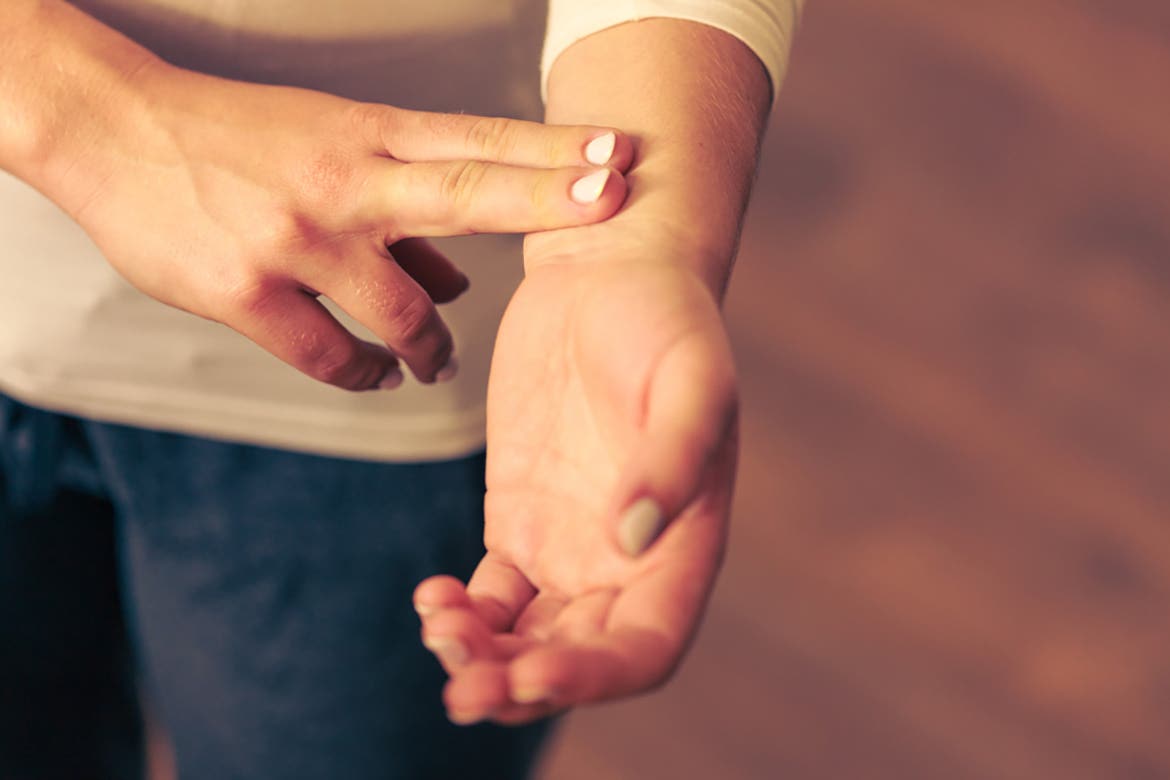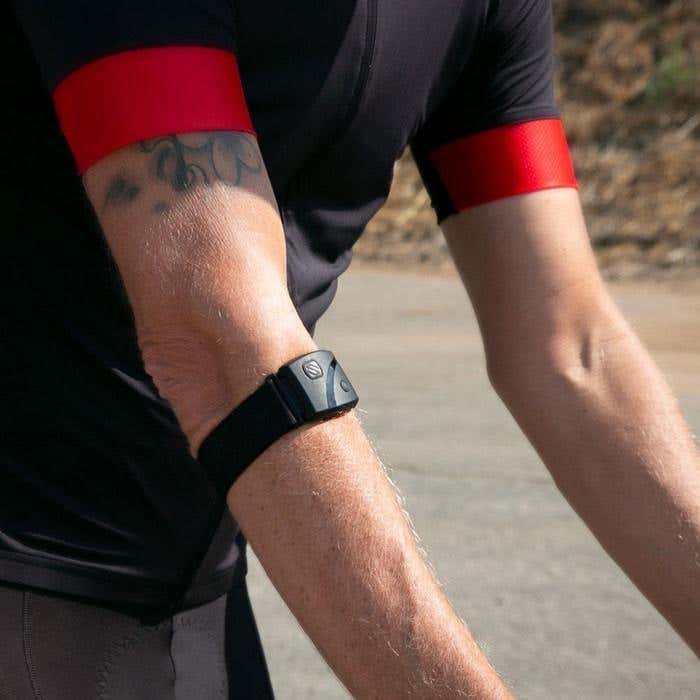How to Measure Resting Heart Rate

Whether you’re a serious athlete looking to get a leg up in competition or a beginner who wants to optimize your health, knowing how to take and track your heart rate is crucial to your success. You probably already know that wearing a heart rate monitor while exercising can help you reach and maintain your target heart rate, but what about that rate when you’re resting? That number matters, too!
In this guide, we’ll go over how to track your resting heart rate — and why it matters. With this know-how you can safely push yourself to the next level and stay on top of your health and wellness goals every step of the way.
What Is Resting Heart Rate?
Your resting heart rate (or pulse) is the number of times your heart beats per minute when you are at rest. For most adults, that number is somewhere between 60 and 100 beats per minute (BPM) but varies based on several factors, including age and fitness level. A lower resting heart rate — somewhere between 40 and 80 BPM — can indicate a stronger, healthier heart. Some studies show that people who have a higher resting heart rate tend to weigh more and have higher blood pressure. These factors can contribute to a higher risk of cardiovascular disease.
Why Your Heart Rate Rises
A lot of things happen in the body when working out. Your heart will beat more slowly when you’re at rest than when you’re in the middle of vigorous exercise. Additionally, blood pressure spikes in order to circulate blood and oxygen throughout the body. Getting your heart rate up while exercising is crucial to helping you keep your heart healthy and optimizing endurance and performance as an athlete.
Although it’s only one very small element of a much bigger picture, tracking your heart rate while at rest, and in motion, can give you a glimpse into your overall health. If you have a higher heart rate while resting, it may indicate a temporary or long-term problem, such as excessive stress, anxiety, illness or a more serious issue with the heart. Alcohol, nicotine, caffeine and certain medications may cause a spike in your resting heart rate. We recommend that you consult with your healthcare professional if you have concerns about your heart rate.
Taking Your Resting Heart Rate
There are two easy ways to take both resting and target heart rate — manually, or with a heart rate monitor. The manual method involves physically taking your pulse by placing your finger over one of your pulse points and counting the beats for a measured time period. Or you can wear a heart rate monitor, before, during and post workout to record your heart rate over time.
Regardless of which method you choose, make sure you’re completely relaxed and at rest in order to get an accurate resting rate. A good time to measure your resting heart rate is right after you wake up in the morning, but before getting out of bed, or after a nap.


Source: Voyagerix/Shutterstock.com
- Manually — To get your resting heart rate the manual way, you simply want to take your own pulse when you’re in a relaxed state. You’ve probably had a doctor or nurse take your heart rate this way. While it’s convenient in a pinch, this technique won’t be quite as accurate as using a monitor. If you’re serious about your health, investing in a high-quality heart rate wearable is your best bet. Here’s how to take your pulse the old-fashioned way if you don’t have access to a monitor.
- Take the tips of your index and middle fingers and place them on the inside of your other wrist, below the thumb.
- Press lightly over the radial artery, the vein found between the wrist bone and the tendon on the side of the wrist.
- Set a stopwatch for 30 seconds, counting the beats during this period. Multiply by two to get the beats per minute.
- Using a Monitor — The armband heart rate monitor you sport on your Peloton at home has the power to clue you into more than just your beats per minute when you’re on a particularly tough ride. It can also be used to inform you of your heart rate when you’re not working out. Wearing a monitor is the more accurate way to get your heart rate regardless of if you’re measuring it at rest or in motion. Wearing a device and using an app lets you monitor, track and analyze data over time. This helps you optimize performance by figuring out things like recovery time.


A Strong Heart for Strong Health
It doesn’t matter if you’re an elite athlete or an Average Joe, a little bit of data can go a long way. Closely measuring your heart rate at rest and in movement will help you reach and exceed your wellness goals.